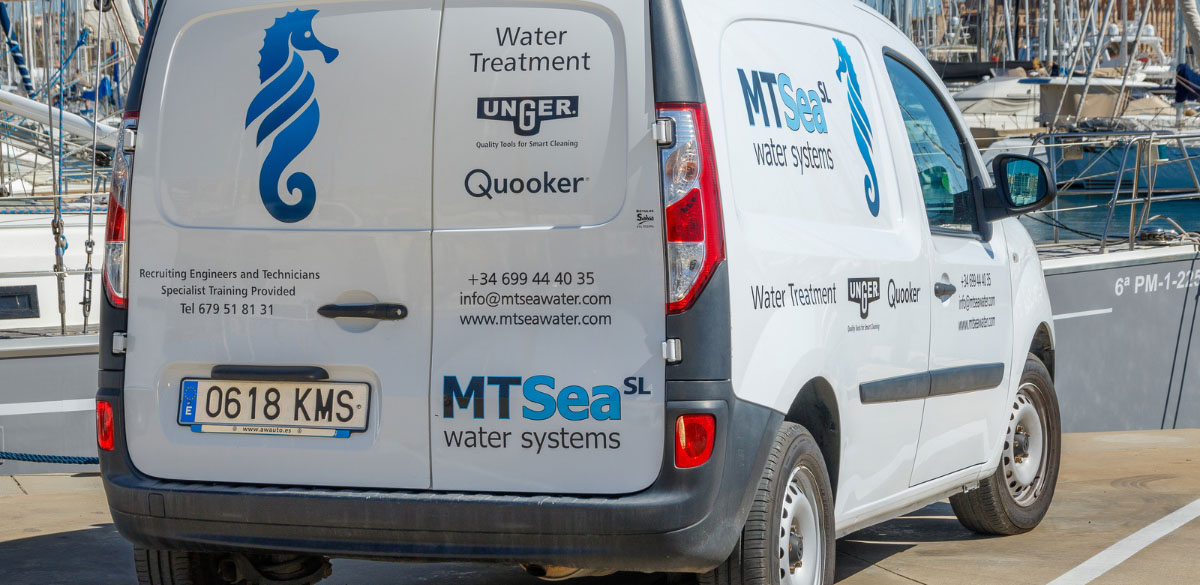It seems that it’s easy to underestimate the risks associated with water use onboard a yacht, leading to a tendency to overlook the need for comprehensive and routine management. “We commonly hear crew say, ‘We don’t drink the water, so we don’t test,’ or ‘We dose with disinfectant, so there’s no need to test,’ and sometimes, ‘We sterilize every three months, so there’s no need to test.’
The World Health Organization says the hazards related to potable water include the presence of particulate matter, toxins, microorganisms, palatability, and simply not having enough of it. This article considers only the risk of microorganisms, however a Water Safety Plan should aim to manage all five.
The risk of illness following consumption or inhalation (aerosol) of contaminated water increases depending on the vulnerability of the recipient, the virulence of the strain and the bacterial load. Sterilisation of any open (not sealed) body of water is an unrealistic goal; inevitably, some microorganisms will be left behind. To ensure safety of water use, management is more about keeping microorganisms at safe levels than eradication, it is therefore a constant, ongoing process of testing and disinfection.
Implementing a Water Safety Plan is not a bureaucratic process; it is an exercise in safeguarding.
Elements of a Water Safety Plan
- Gather the team.
- Describe the system, from start to finish, bunkering to end point use.
- Identify potential hazards and risks, prioritise them and record them.
- Identify objectives for near and far future management improvement.
- Develop and implement a disinfection regimen.
- Monitor through on board tests and periodical tests at the laboratory.
- Develop plans for the “what if” scenarios.
- Plan regular reviews.
If you are responsible for safety of water onboard an important question to ask is “How do we know we are getting it right, is the water safe for use?” The answer is that unless you test – both onboard and with periodical laboratory tests – you won’t. The potability test will give you a snapshot. Onboard testing will tell you if your dosing disinfectant process is working.
The disinfection of water is a chemical process that can be affected by temperature, by presence of biofilm, high pH, chlorides (if using silver ion) and water hardness. They can all inactivate the chemicals you have added, leaving no active residual presence in the water. Routine, onboard testing is the only way to check what you are doing is working and within safe parameters. Regularly test water quality in various locations. Remember, depending on the disinfectant you choose to use, you should include the cost of specialist equipment in the initial purchase.
MTSea Recommended Test Regime
| Daily | pH
Hardness Temperature |
| Weekly | Residual presence of disinfectant (to check high enough to be effective but not higher than manufacturer recommended safe levels)
Silver Stabilised Hydrogen Peroxide Silver Ion Chlorine liquid (not recommended by MTSea) |
| 3 Monthly | Laboratory potability test, bacteria including legionella |
| Special survey in the case of unresolvable problems | Laboratory potability test, bacteria including legionella plus minerals and chemicals |

























0 Comments